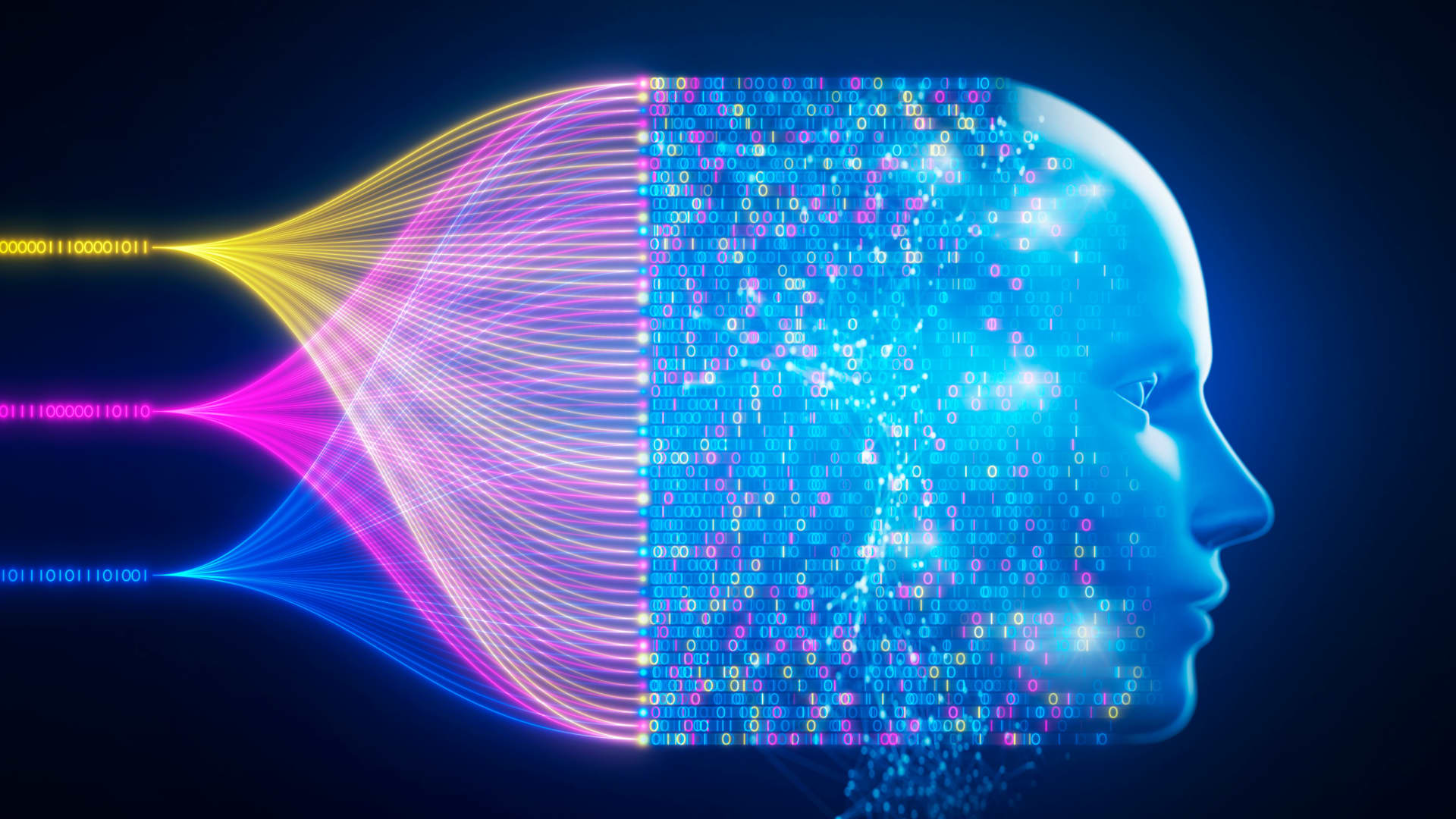Elon Musk insists artificial intelligence will get humans to a point where “no job is needed.”
Are there signs this prediction is already becoming true? Headline numbers can make that seem so.
According to a recent report of 750 business leaders using AI from ResumeBuilder, 37% say the technology replaced workers in 2023. Meanwhile, 44% report that there will be layoffs in 2024 resulting from AI efficiency.
But even amid reports of AI-inspired layoffs, many experts disagree with Musk’s view.
Julia Toothacre, resume and career strategist at ResumeBuilder, recognizes the numbers from its research may not accurately reflect the broad business landscape. “There are still so many traditional organizations and small businesses that do not embrace technology the way that some of the larger companies do,” Toothacre said.
Layoffs are a reality, but AI technology is also enabling business leaders to restructure and redefine the jobs we do.
Alex Hood, chief product officer at project management and collaboration software company Asana, estimates that half the time we spend at work is on what he calls “work about work.” Here, he’s referring to the status updates, cross-departmental communication and all the other parts of work that aren’t at the core of why we’re there.
“If that can be reduced because of AI, that can be a great unlock,” said Hood.
He says that without the nuance behind the numbers, the statistics marking and predicting AI-induced layoffs reflect fear more than reality.
With AI tackling task-based work, humans have the opportunity to move up the value chain, says Marc Cenedella, founder of Leet Resumes and Ladders. “For the entire economy,” Cenedella said workers will be able to focus on “integrating or structuring or defining what the task-based work is.” He compares this shift to mid-century office culture, when there were entire floors of typists — something that the efficiency of word processors eliminated.
White-collar work and ‘human-centered’ AI
According to Asana’s State of AI at Work 2023 report, employees say that 29% of their work tasks are replaceable by AI. However, Asana is a proponent of what it calls “human-centered AI,” which seeks to enhance human abilities and collaboration, not replace people outright. The more people understand human-centered AI, the more they believe it will have a positive impact on their work, the report states.
White-collar and clerical workers represent somewhere between 19.6%–30.4% of all employed people globally, according to the United Nations. Analytical and communication tools have redirected knowledge work over the years, and “generative AI should be considered another development in this long continuum of change.”
But as of 2022, 34% of the global population still did not have access to the internet, so any conversation around AI’s impact on layoffs and potential restructuring of the work needs to also include discussion of a wider mote between the technological haves and have-nots.
A worker’s personal responsibility and AI tinkering
For professionals seeking to avoid redundancy in an AI-fueled work environment, there are steps to take.
Cenedella says that being a modern white-collar professional bears a level of personal responsibility. “Part of your job is to keep developing new skills,” he said. “If you learned some software five years ago, that’s not enough. You’ve got to learn new software today.”
While positions like research and data analysis are in line for AI automation, for example, companies will still need someone to prompt the AI, make sense of the results and take action.
“My advice for anyone is to understand how AI could impact your position in your industry right now,” Toothacre said. “At least you have an idea of what to potentially expect versus having no idea what’s going on.”
But Cenedella also recognizes that there’s an expectation for business leaders to help employees continue developing their skills during their time at the company. “Just out of their own self-interest, the companies that do fund the development of their employees are going to be better positioned to be a little bit more ahead of the companies that don’t,” he said.
Even Hood, who’s on the front lines of creating collaboration and project management solutions using AI, still experiments with his own products. In preparation for an upcoming performance review for a member of his team, Hood experimented by asking AI to summarize how he was collaborating with the team member.
The AI produced a list of all of their shared interests, all of the assignments and feedback between them, and a characterization of their relationship based on messages they’ve sent to each other. In this, Hood exemplifies what AI tinkering can look like.
“You learn it by asking it questions and seeing what it’s capable of, and in some ways being disappointed, and in some ways being wowed, and then leaning into that,” Hood said. “The best thing that employers can do is give folks the ability to understand what the art of the possible is through individual experimentation using AI today.”
While layoffs are happening as a result of the current generation of AI, there’s no historical evidence that technological advancements such as this will result in mass unemployment. The workforce has a history of malleability, and increased technological capacity can result in “higher value” work, as Cenedella says — and more productivity that future generations of AI will likely learn to handle.

